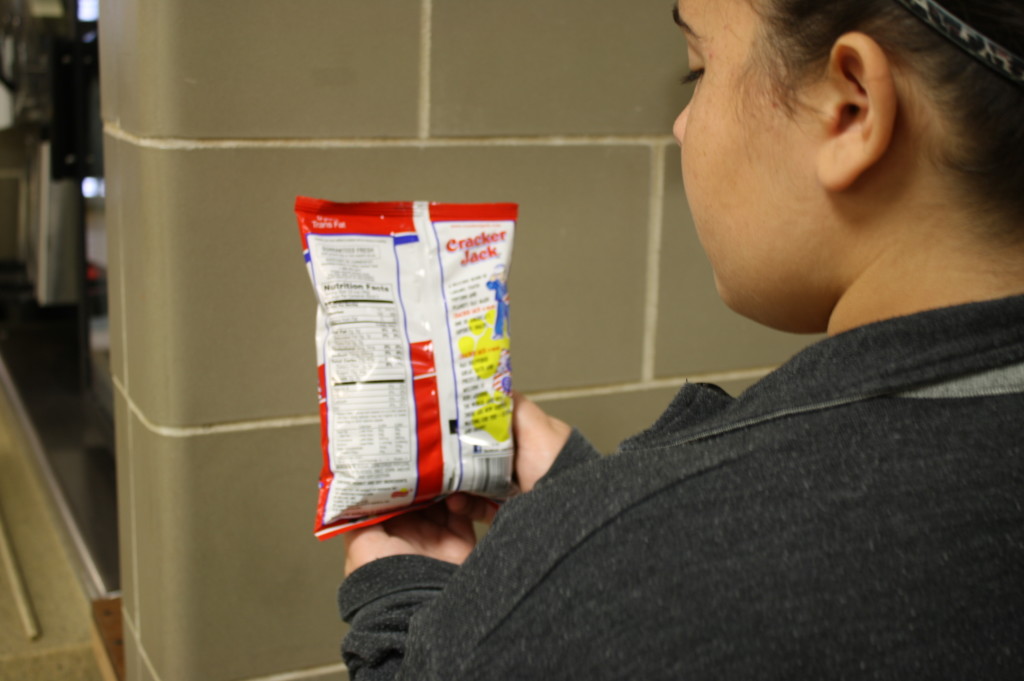
The Food and Drug Administration, known as FDA, is proposing changes to the nutrition labels on foods and drinks. According to FDA.gov, these changes include increasing the portion measurements so one serving can more accurately reflect how much Americans actually eat and drink.
Currently, more than 14 snacks and beverages examined by the Torch staff in the cafeteria have multiple servings in one container. A trip to the school cafeteria revealed that a can of Arizona Iced Tea contained one and one-half servings per can. According to health teacher Jenn Mau, most people usually eat or drink all of the contents of a bag or bottle, rather than restraining themselves to eat or drink only one serving. This new change would set the serving size as the whole can.
Junior Christine Lee said she has had many experiences with unrealistic serving sizes when it comes to choosing food in the cafeteria.
“There was a bag of chips where 10 chips was 130 calories, which is ridiculous because if you think about it, like when you eat chips, you don’t eat ten chips,” Lee said.
According to Lee, the FDA’s plan to make serving sizes more realistic is a good idea. She said she likes the change for honest labeling.
According to the FDA website, the FDA plans to give companies two years to put the changes into effect.
Lee said she thinks the change would have a bad impact on the teenagers that rely on the nutrition label serving size as a guideline on how much to eat.
Lee used to utilize the serving size on the nutrition label to figure out when to stop eating. Lee said that a bigger serving size would lead to people thinking it is the recommended serving size, and that they could eat that much and get away with it.
Some people think that the planned changes will have no impact on students. Senior Kriztina Dagrizikos said that she thinks teenagers do not really care about the nutrition label.
“I think a lot of students have the mentality of ‘I’m young, I’m going to eat what I want’ or like, ‘I have the rest of my life to be thinking about eating healthy’ or something,” said Dagrizikos. “I don’t think [the changes] would really affect them that much unless [they’re] really health-conscious.”
Carol Wagner, holistic nutrition consultant, said she thinks the new changes will be positive for the people that check nutrition labels.
Like Wagner, Mau said she thinks the new nutrition label will bring a more positive effect on teenagers overall.
Mau said relabeling could be appropriate because people are eating the food anyway and with the new serving sizes, people “wouldn’t be tricked by the label” if they are not reading it carefully.
“If [the food] was two servings and [people] ate it, those calories are still there,” said Mau. “I guess [labeling] just makes people aware that if it said it was 100 calories and it was two servings, [people] would realize that there are 200 calories instead of a 100.”

